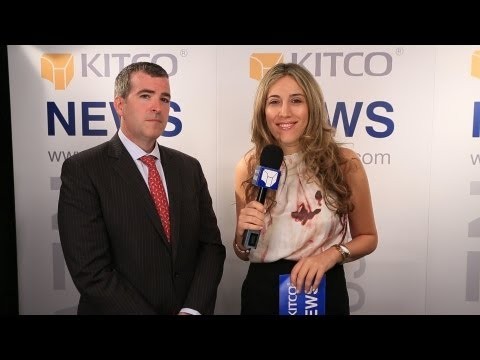Five Steps To Build A Sector Based Etf Portfolio
Post on: 16 Март, 2015 No Comment

A sector based Exchange Traded Fund (ETF) portfolio offers investors a lower risk way to participate in the cyclical nature of the economy and the market. ETFs offer investors a way to reduce their risk by diversifying their individual stock exposure. Sector rotation is an investing strategy that seeks to buy and own ETFs that hold shares of companies in industries that should outperform the market. If you want to take advantage of the benefits of a sector based ETF portfolio, here are five steps to you should you take.
By following these steps, you will build a sector-based portfolio with ETFs that should generate high returns and help you sleep well at night.
1.Identify the trend for the market over the next year. A year is far enough out to remove you from the day-to-day movement of the market. Yet it is close enough for you to have a reasonable perspective of the economy and the market.
2.Identify the top three industry sectors within this trend that are most likely to beat the market. These sectors will lead the market and is where you should focus your time. This will take some homework on your part evaluating the economy and industries. Many professional investors use sector rotation as a part of their strategy.
3.Pick your preferred sector based ETFs, choosing at least 3 but no more than 10. The exact number depends on the ones available and the time you have to monitor them. The more you pick the more time you should spend on monitoring each. Over time, you will add new ETFs to this list, so it is best to start with a few and add to that number over time. I like to have no more than 10 to 15% in each ETF, though that is not a hard and fast rule. Depending on your assessment of the market, you might own 20% of an ETF that you believe will perform especially well.
4.Select the optimal buy, stop and exit targets for each ETF. These prices frame the risk-reward of your investing decision. The idea is to buy on dips in the price to get the best price. Then use trailing stops that initially protect against a loss. Later, when your ETF has risen in price, the trailing stop can help you capture your profit if the market suddenly falls. The exit targets provide a price take profits as your ETF reaches its high point in the cycle. I like to sell half of my position at the first exit target to be sure I capture some profit. This money is used to buy a sector ETF that is about to begin its cyclical climb. I let the remaining half run further using the trailing stop or the second target to close the position.
5.Manage your portfolio of ETFs. This does not mean watch the stock price each day. Rather you continue to do your homework on the overall market, each sector, and your ETFs, seeking to look for issues that would cause you to change your investing theme. As you pass each three-month anniversary of your purchase of an ETF, ask yourself the question: Knowing what I know now, and the price at which these ETFs currently trade, would I be willing to invest new money into the sector under these circumstances if I didn’t already own a position? If the answer is no, you need to examine long and hard your reasons for holding the fund. As time goes by you will add to your portfolio from the sectors and ETFs that are doing well and sell those that are reaching the end of their current trend. Using this approach your portfolio stays in the best sectors and moves away from the sectors that are turning down.
Building a portfolio takes time and patience. By taking these steps, you build a portfolio that remains positioned to take advantage of the cyclical nature of the market. Get started today, since you are responsible for your financial future.
About the Author:














